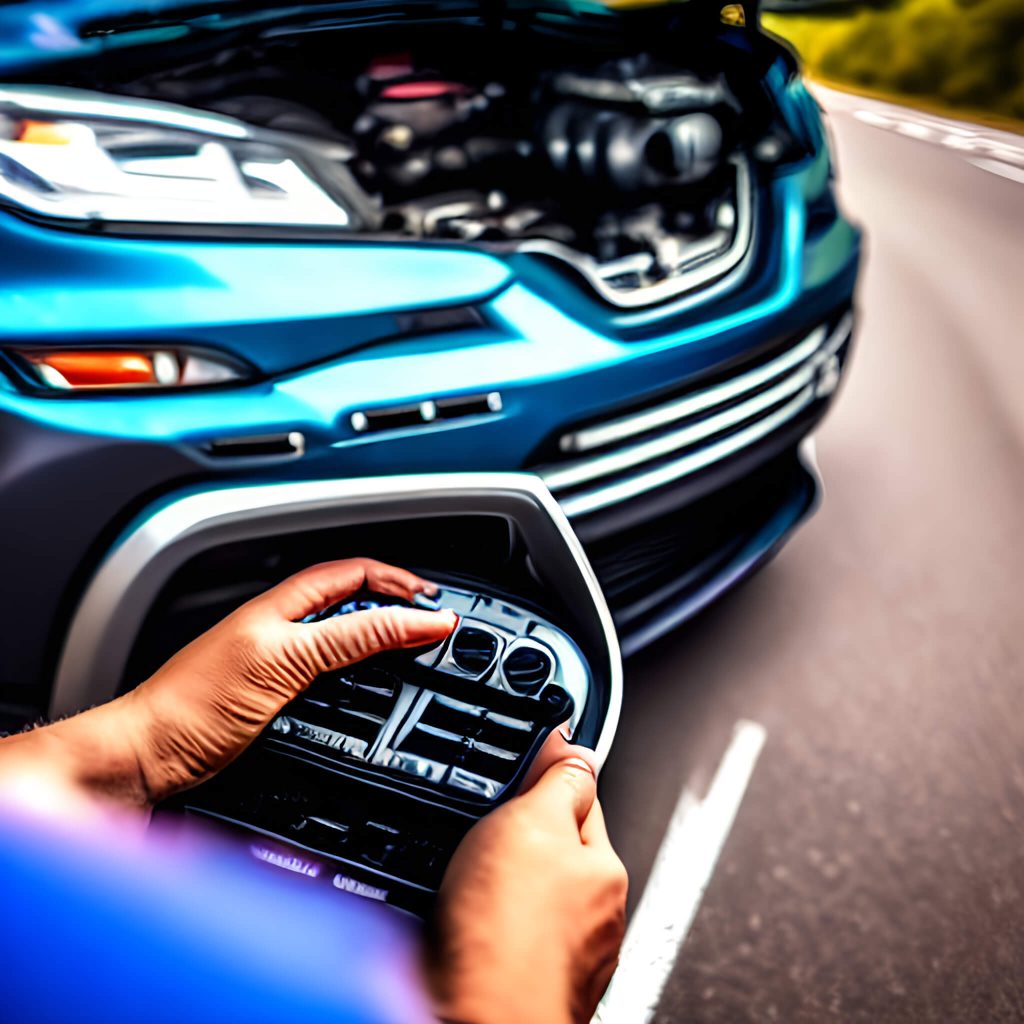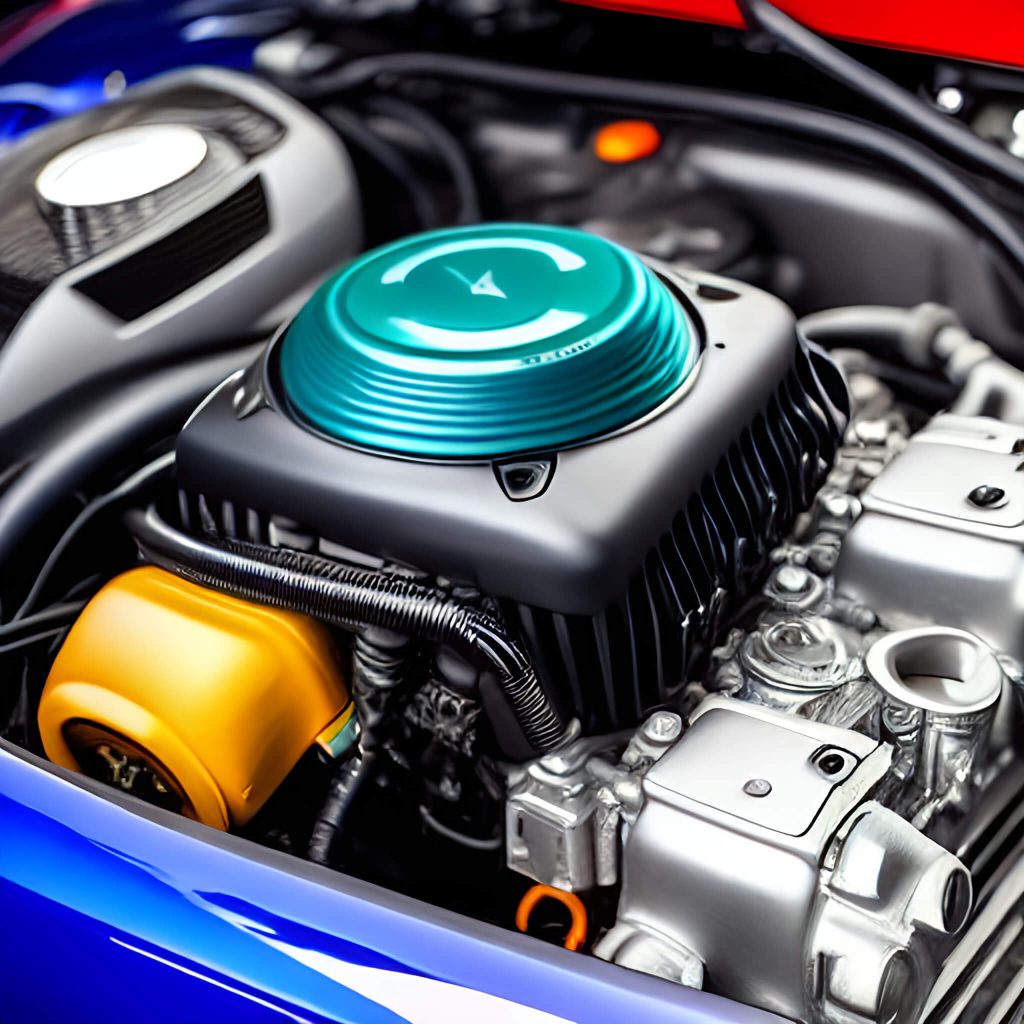Last Updated on May 14, 2023 by Mark S. Taylor
The engine starter is an essential component of any vehicle, responsible for initiating the ignition process. However, sometimes starters can exhibit signs of trouble, which can be easily detected by their distinct sounds.
When it comes to starting a car, the starter motor plays a crucial role. However, sometimes you may encounter issues with your starter motor, and one common indicator of a problem is an unusual sound when you turn the key. In this article, we will explore what a bad starter sounds like and discuss the potential causes and solutions for this issue.

Contents
What is a starter motor?
A starter motor is an electric motor that initiates the engine’s rotation, allowing the combustion process to begin. It is responsible for cranking the engine until it reaches a self-sustaining speed. The starter motor requires a significant amount of electrical power to generate the necessary torque for engine startup.
Components of a starter motor
A typical starter motor consists of several components working together to start the engine. These components include the solenoid, motor brushes, armature, pinion gear, and starter motor housing.
How does a starter motor work?
When you turn the key in the ignition, an electrical current is sent to the solenoid, which then engages the starter motor. The motor brushes make contact with the armature, causing it to spin rapidly. Simultaneously, the solenoid pushes the pinion gear forward, allowing it to mesh with the engine’s flywheel. This engagement transfers power from the starter motor to the engine, initiating the combustion process.
Read More: How to Remove a Car Stereo Step By Step
Common Signs of a Bad Starter Motor
Clicking noise when starting the engine
The sound of repeated clicking without the engine turning over could indicate a faulty starter motor or a weak battery.
Grinding noise when starting the engine
If you hear a grinding noise accompanied by the engine not starting, it may suggest that the starter motor’s pinion gear isn’t properly engaging with the flywheel.
Whirring noise when starting the engine
A whirring sound, often described as a high-pitched screech, could indicate a problem with the starter motor’s motor brushes.
Engine cranks slowly or fails to start
If the engine cranks very slowly or fails to start altogether, it could be a sign of a worn-out or malfunctioning starter motor.

Potential causes of a bad starter motor
- Dead battery
- A dead or weak battery can prevent the starter motor from receiving enough power to initiate the engine’s rotation.
- Faulty solenoid
- A malfunctioning solenoid may not engage the starter motor properly, resulting in starting issues and abnormal sounds.
- Worn-out starter motor brushes
- Over time, the motor brushes in the starter motor can wear out, leading to poor electrical contact and unusual noises.
- Damaged starter motor gears
- If the starter motor gears are damaged or worn down, they may not mesh properly with the engine’s flywheel, causing grinding or clicking sounds.
Diagnosing a bad starter motor
- Testing the battery
- Start by checking the battery voltage using a multimeter to ensure it has enough charge to power the starter motor.
- Inspecting the solenoid
- Examine the solenoid for any signs of damage or loose connections. Ensure it is engaging properly when the ignition key is turned.
- Checking the starter motor brushes
- Remove the starter motor and inspect the motor brushes for wear. If they are significantly worn down, they may need to be replaced.
- Examining the starter motor gears
- Carefully inspect the starter motor gears for any signs of damage, such as chipped or missing teeth. Damaged gears may require repair or replacement.
Fixing a bad starter motor
- Recharging or replacing the battery
- If the issue is a dead or weak battery, recharge it using a battery charger or consider replacing it if it no longer holds a charge effectively.
- Repairing or replacing the solenoid
- If the solenoid is faulty, it may need to be repaired or replaced to ensure proper engagement with the starter motor.
- Replacing worn-out starter motor brushes
- If the motor brushes are worn out, install new brushes to restore proper electrical contact and eliminate abnormal sounds.
- Repairing or replacing damaged gears
- If the starter motor gears are damaged, consult a professional technician who can repair or replace them as necessary.
When to seek professional help
If you are unsure about diagnosing or fixing the starter motor issues yourself, it is recommended to seek assistance from a qualified mechanic or automotive technician. They have the expertise and tools to accurately diagnose and repair starter motor problems, ensuring your vehicle starts reliably.
FAQs (Frequently Asked Questions)
- Can a bad starter motor drain the car battery?
- While a bad starter motor itself may not directly drain the battery, it can contribute to excessive battery usage if it keeps trying to start the engine without success.
- Is it safe to jump-start a car with a bad starter motor?
- Jump-starting a car with a bad starter motor may provide a temporary solution, but it’s advisable to address the underlying issue promptly to avoid further complications.
- How long does it take to replace a faulty starter motor?
- The time required to replace a faulty starter motor can vary depending on the vehicle and the accessibility of the starter motor. It typically takes a few hours
Conclusion
A bad starter motor can manifest through various sounds, including clicking, grinding, whirring, or experiencing slow cranking or engine failure to start. Understanding the common signs, potential causes, and diagnostic steps can help you identify and resolve starter motor issues effectively. Remember to consult a professional if you’re uncertain about handling the repairs yourself, ensuring your vehicle’s starter motor functions optimally.
Read More: How to Fix Cracked Tires Step by Step Instruction
